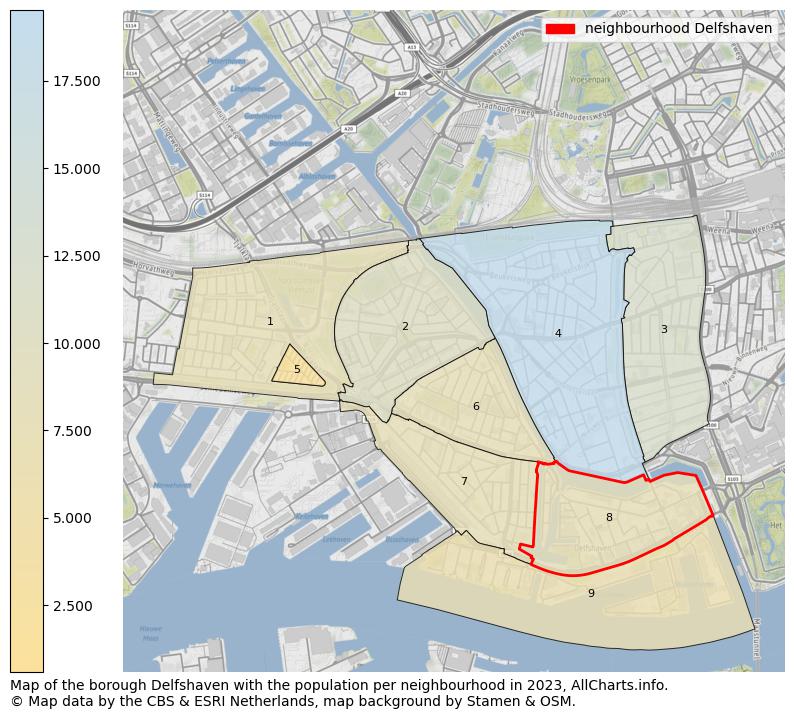Information about neighbourhood Delfshaven:
 Contents and more information:
Contents and more information:
View the information on over 100 topics about neighbourhood Delfshaven in Rotterdam in the Netherlands! With graphs, links to more information & an overview of all figures in 1 table.

